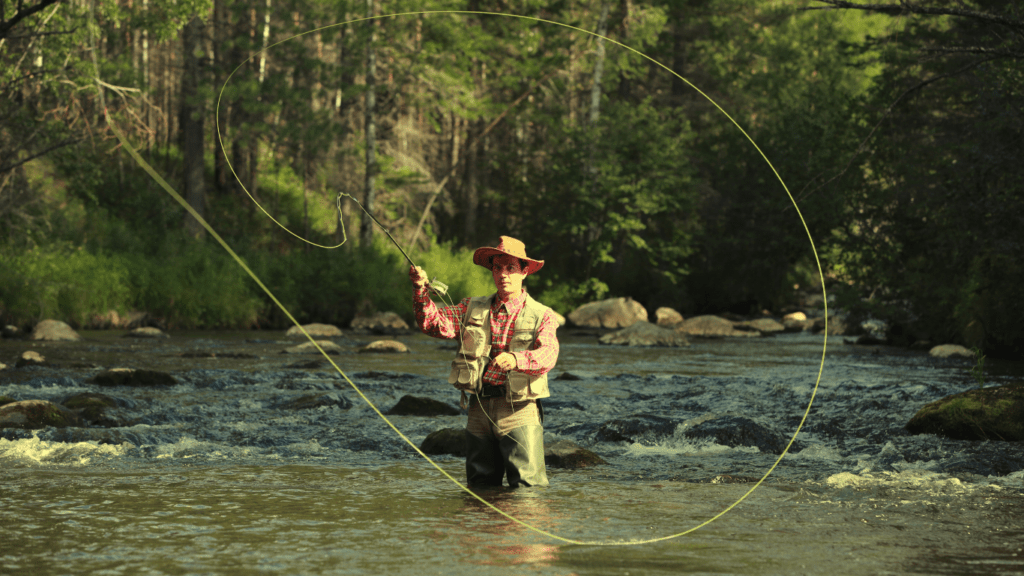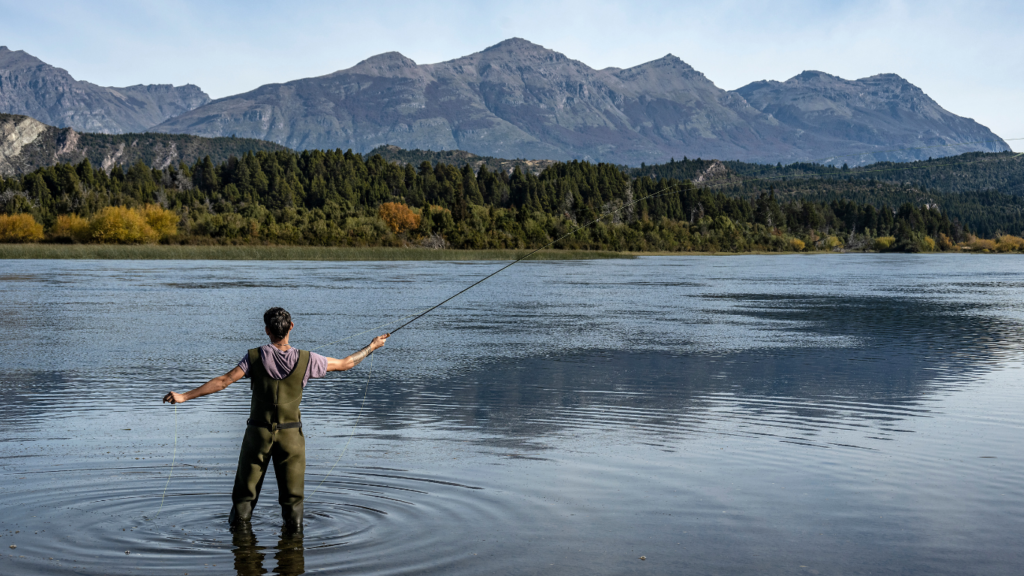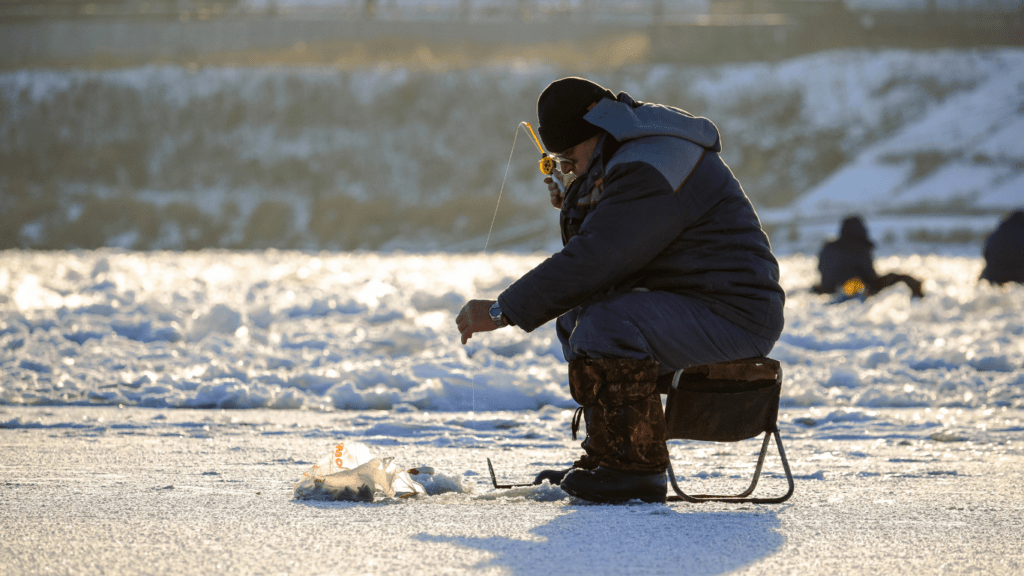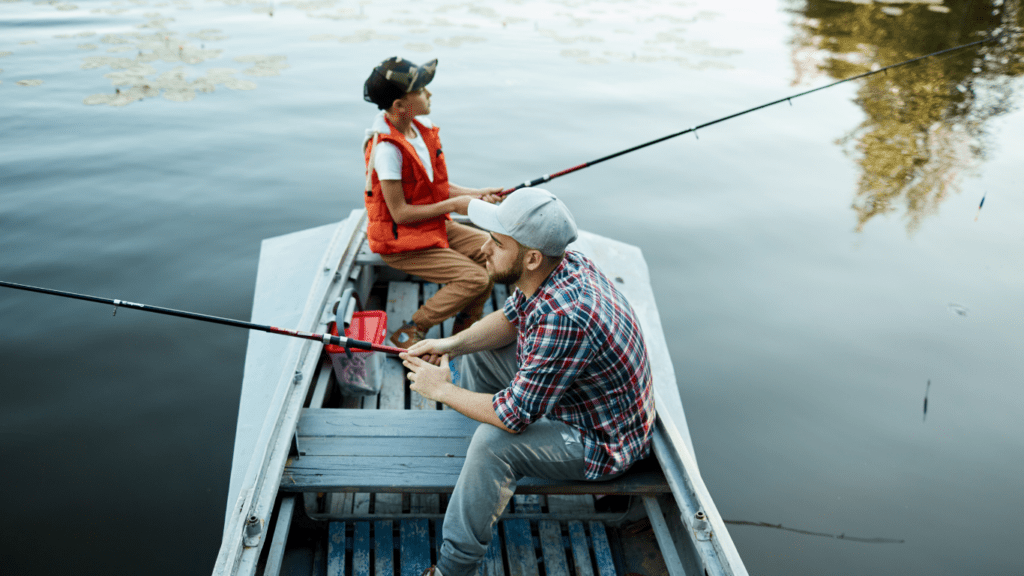Understanding Fly Fishing Mastery
Mastery in fly fishing combines technical expertise, awareness of fish behavior, and adaptability to changing conditions. Success hinges on understanding each element and applying it effectively on the water.
1. Recognizing Fish Behavior
Trout and salmon react to water temperature, current, and food availability. Trout often hold near seams where currents merge, while salmon move upstream in specific water depths. Observing surface activity, tracking insect hatches, and noting seasonal patterns create opportunities to gauge their feeding habits more accurately.
2. Perfecting the Cast
An efficient cast ensures that flies land naturally on the water. Techniques like the roll cast and double haul improve distance and accuracy. Consistent practice corrects unnecessary wrist movement and strengthens loop control, which are critical to presenting the fly effectively.
3. Selecting Flies to Match the Hatch
Trout and salmon examine flies closely. Using dry flies, nymphs, or streamers that imitate local insects boosts success. A hatch-matching strategy, based on on-site observation of active insects, appeals to the fish’s natural instincts. Choosing the right fly type by season maximizes the chances of a strike.
4. Adjusting Strategy to Conditions
Fly fishing requires reacting to environmental variables. Adjusting your depth with weighted nymphs or adapting to clear skies and low visibility can be crucial. Incorporating techniques like dead drifting in rivers or stripping streamers in lakes targets feeding behavior effectively under diverse conditions.
Understanding these aspects forms the foundation of fly fishing mastery, allowing anglers to connect with their environment and make informed decisions on every outing.
Essential Gear for Fly Fishing
Having the right gear ensures an effective and enjoyable fly fishing experience. I rely on specialized equipment, focusing on quality and compatibility with target species like trout and salmon.
Rods and Reels
I choose fly rods based on length and weight to suit fishing conditions. A 9-foot, 5-weight rod is versatile for trout, while a 10-foot, 7-weight rod works well for salmon. Reels with a smooth drag system prevent break-offs when fish fight aggressively, especially larger salmon.
Lines and Leaders
Fly lines vary by taper and weight to match specific casting requirements. I use floating lines for surface presentations, while sinking-tip lines excel in deeper waters. Leaders, tapered or straight, help present flies naturally. For delicate trout presentations, I prefer 9-foot tapered leaders, whereas 15-foot leaders work better for cautious salmon in clear water.
Flies and Accessories
Flies mimic local insects and baitfish. I carry dry flies like Adams or Stimulator for surface action, nymphs like Pheasant Tail for subsurface feeding, and streamers like Woolly Bugger for active predation. Essential accessories include hemostats for hook removal, tippet spools for extending leader life, and polarized sunglasses to reduce glare and spot fish more effectively.
Key Techniques for Catching Trout

Success in catching trout relies on mastering specific techniques and understanding their environment. I use observational skills and refined methods to increase my chances.
Reading the Water
I focus on identifying areas where trout are likely to feed, rest, or hide. Riffles, pools, and undercut banks often hold feeding trout. Observing features like current seams and submerged structures helps me pinpoint their locations. During warmer months, I look for shaded areas where fish seek cooler water.
Perfecting Your Cast
Accuracy and presentation are critical when casting for trout. I practice casting to land flies gently on the water to avoid spooking the fish. Shorter casts work in tight streams, while longer casts help in open rivers. Adjusting angles and practicing roll casts allow me to reach challenging spots under overhanging branches.
Matching the Hatch
I select flies that imitate the current insect activity in the area. Monitoring the water and observing surface activity helps me determine what trout are feeding on. For example, I use dry flies during a mayfly hatch or nymphs to mimic underwater larvae. Keeping a variety of flies in different patterns ensures I’m ready for changing conditions.
Proven Methods for Salmon Fishing
Salmon fishing demands precision, persistence, and the correct techniques. Using the right setup, selecting optimal times and locations, and handling fish responsibly are key to success.
Tackle and Setup
I use a fly rod and reel specifically designed for targeting salmon. A 9- to 10-foot rod with a 7- or 8-weight line provides the strength needed to handle larger fish. Sink-tip or full-sinking fly lines work best in deeper waters where salmon often hold. Leaders should be 9-12 feet long with a 10-15 lb test to manage their power. Flies like Intruder patterns, egg imitations, or Woolly Buggers often attract salmon due to their vibrant colors and lifelike movement.
I ensure my gear is balanced and robust to withstand the fight, while selecting accessories like:
- waders
- landing nets
- polarized sunglasses
to improve my efficiency.
Timing and Location
Salmon show increased activity during early mornings and late evenings. I find their migratory patterns, triggered by seasonal changes, impact their locations. Rivers with cooler water temperatures and consistent flow attract more salmon during their runs.
Deep pools, riffles near spawning grounds, and submerged structures are prime holding spots. I monitor local fishing reports and water conditions to locate concentrated populations. When tides rise or rain swells streams, salmon movement typically increases, making these windows productive.
Landing and Releasing Salmon
Landing a salmon requires patience. I maintain steady pressure on the line and avoid reeling too aggressively, which could break the leader or dislodge the fly. A wide, rubber-mesh net minimizes stress on the fish and reduces harm.
Carefully releasing salmon ensures their survival. I cradle the fish gently in the water, head upstream, until it regains strength to swim. Using barbless hooks simplifies removal and limits injury, promoting sustainable fishing practices.
Tips for Improving Your Fly Fishing Skills
Focus on Casting Precision
Refining casting precision increases your chances of placing flies in the optimal feeding zone. Practice casting regularly in controlled environments like a backyard or open field before heading to the water. Focus on mastering key techniques, such as roll casts for tight spaces and double-haul casts for reaching greater distances.
Study Fish Behavior
Recognizing fish behavior helps tailor your approach to their habits. Observe how trout and salmon react to environmental changes—trout often feed in riffles during warmer months, while salmon rest in deep pools near spawning seasons. Pay attention to surface movements, water temperatures, and insect activity to make better decisions.
Perfect Your Fly Selection
Choosing the right fly based on location and season enhances your success. Match your flies to the hatch by carrying a variety, including nymphs, streamers, and dry flies. For example, trout may prefer small caddis patterns in summer, while salmon often strike streamer flies during their upstream migration.
Hone Presentation Skills
Effective presentation techniques make your flies appear natural to the fish. Minimize drag by mending your line upstream and adjusting your leader length according to water depth. Ensure your flies drift at a realistic speed by keeping your rod tip aligned with the currents.
Practice Knot Tying
Strong, reliable knots prevent lost fish and preserve your gear. Learn essential knots, such as the improved clinch for attaching flies and the loop knot for joining leaders to tippet. Practice tying these in various conditions to ensure readiness on the water.
Adapt to Changing Conditions
Adapting to conditions boosts your versatility as an angler. Adjust fly patterns, casting angles, or retrieve speeds if fish aren’t responding. When water clarity decreases, switch to brightly-colored flies, and slow your retrieval during colder temperatures to match fish metabolism rates.
Invest in Targeted Practice
Practicing specific techniques sharpens your abilities. Dedicate time to wading in currents, manipulating different fly rods, or handling simulated scenarios, like retrieving flies near obstructions. These activities build skills that translate directly to success in actual fly fishing situations.





